It is normal that as a result of their first steps, play in the playground and the constant exploration that children do, falls can happen - and this is a very common occurrence. in this article we have already explained how to prevent children from falling.. But, if we are already faced with a painful result, a blow to the head, an injury... What to do if the child falls?
What to do if your child falls
He has a bruised bump
After a blow to the forehead, it is common for a bump to appear accompanied by a bruise or purple area.
In this case it is necessary to apply cold to the bump. Cold relieves pain and prevents further swelling. Put compresses soaked in cold water or ice packs wrapped in a handkerchief. Never put ice directly on the skin. And apply the arnica ointment for bruising. It is a natural productparaben- and perfume-free, which comforts and eliminates pain.
A bump is not serious unless there is loss of consciousness, dizziness, vomiting or fever from the blow, in which case you should see a paediatrician.
In case of a scratch
This type of injury is typical of running and falling on asphalt. See first is to wash your hands and then wash the wound with pressurised water from an artichoke or a water bottle. It is important to wash all the dirt out of the wound at first.
Then disinfect with gauze soaked in hydrogen peroxide, alcohol, etc. Do not use cotton wool because it leaves loose fibres on the skin. Nor is it advisable to use iodine solutions to disinfect because the child may be allergic to iodine.
How to deal with a bleeding wound
The first thing is to stop the bleeding. If you have company, ask for assistance and do not leave the child alone. If you don't know the size or depth of the wound, place a gauze pad over the cut and put pressure on it for 10 minutes. This is enough time for the blood to clot and stop the heavy bleeding.
If the gauze becomes soaked, put a new one on top and continue to apply pressure. For wounds on an arm or leg, try to raise it above the heart as the bleeding stops more quickly in this position.
Is it still bleeding after 10 minutes? If so, it is necessary to notify a health centreto see a specialist. Other signs to go to the doctor immediately are if the child shows shortness of breath, sweating, paleness or loss of consciousness.
The blows to the eyes
Eyes are very delicate. Sometimes children throw sand or other objects at each other and hurt their eyes. These blows are very painful and you should expect immediate crying and anxiety. If they have thrown sand in their eyes, wash them with pressurised water, but do not rub them as the dirt particles can cause serious damage if they scratch the cornea.
Blunt force trauma can lead to corneal detachment, corneal ulceration and other conditions, the symptoms of which vary. we recommend that you go to the doctor whenever there is a blow to the eye.especially if redness, tearing, itching or blurred vision occur.
And if you get a nosebleed from a blow
The nose is a prominent organ on the face and is easily bruised or fractured by accident. A blow to the nose can cause external and even internal bleeding into the throat. Remember that these organs are connected.
In case of a nosebleed, keep the child seated and leaning forward. Plug the nostrils with your fingers and let the child breathe through the mouth. Another option is to place cotton plugs soaked in hydrogen peroxide. If bleeding does not stop, go to hospital. to rule out fractures.
What to do about blows to the mouth
Lips and gums are areas that bleed a lot and give the impression that the situation is more serious than it really is. The first thing to do is to rinse the mouth The child should be washed with plenty of water and then pressure applied to the bleeding area with a gauze pad.
Trauma to baby teeth rarely requires specialised treatment. In permanent teeth, knocks can cause blackening, abnormal mobility or fracture and a visit to the dentist is necessary.
Broken bones
Broken bones should be treated immediately with the doctor and take an X-ray to understand the extent of the problem. They can be recognised by deformation of the area, swelling, inability to move and intense pain... As first aid, the most important thing is to immobilise the affected limb.
The best way to avoid falls is to be vigilant and make sure that children do not play in dangerous or poorly maintained areas. Life is an adventure in which we accumulate injuries and memories; but if we can be careful, so much the better 😉.

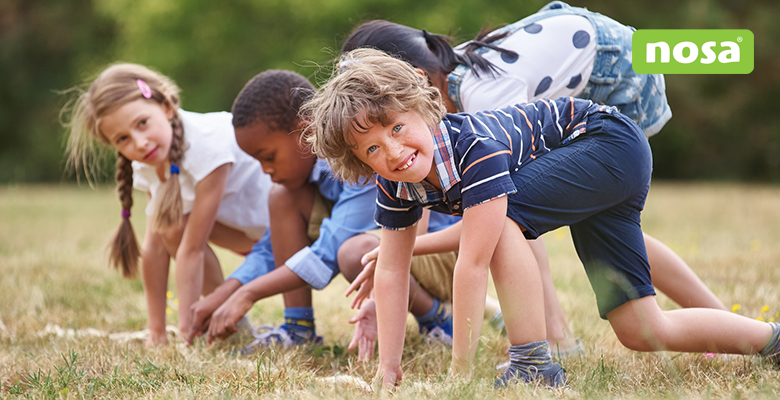
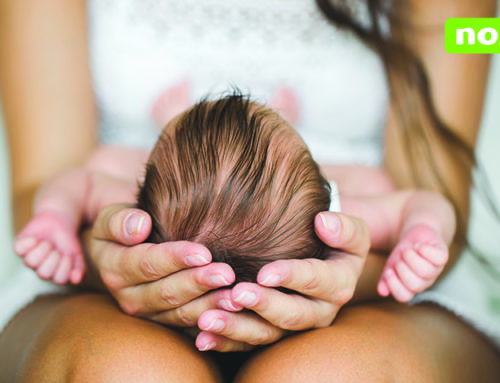
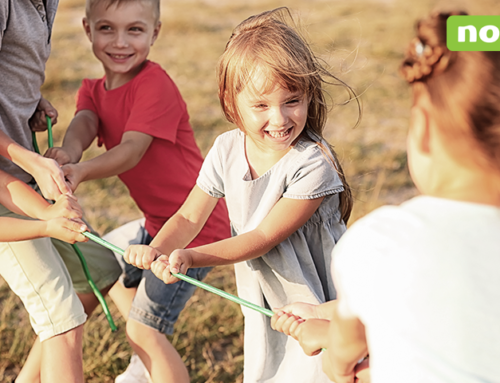
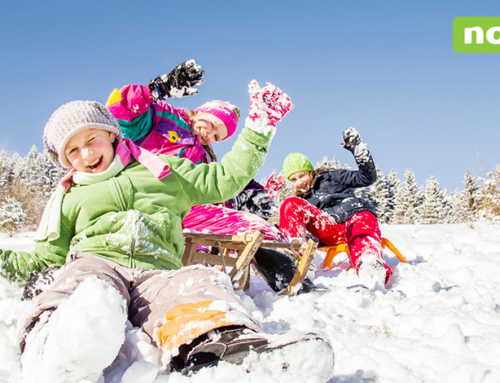

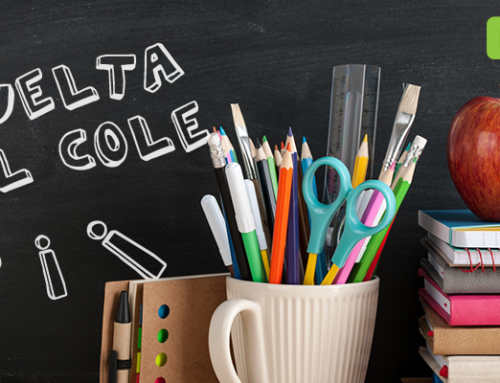
Leave A Comment
You must be logged in to post a comment.